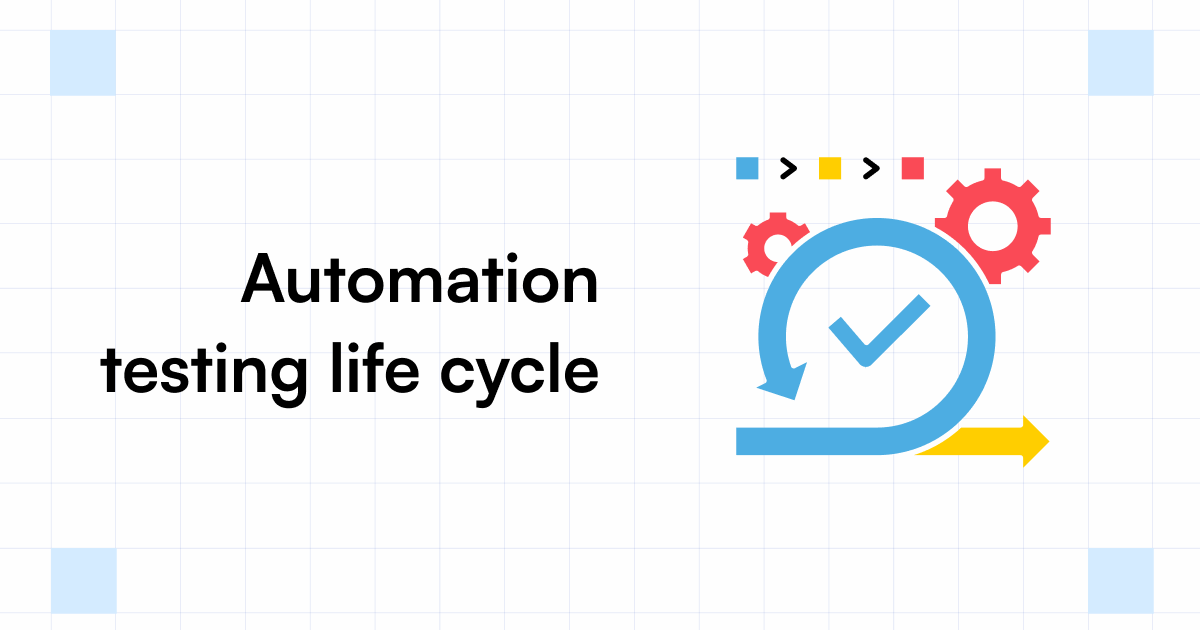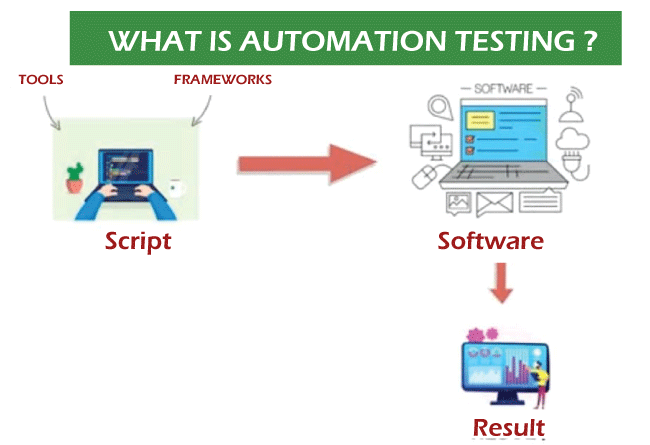Making Certain Success in Automation Evaluating: Trick Metrics, Obstacles, and Solutions Every QA Team Must Know
In the realm of software program quality control, the landscape of automation screening is ever-evolving, demanding a precise approach to ensure seamless procedures. Trick metrics offer as the compass leading QA teams via the large surface of test automation, shedding light on progress and locations for enhancement. Difficulties impend large, typically casting darkness on the path to success. By recognizing these hurdles and carrying out reliable solutions, QA teams can navigate with intricacies with skill. The trip to mastering automation testing is paved with nuances that call for a keen eye for tracking, analysis, and constant enhancement. automation testing. As the sector moves ahead, the quest for ideal performance in automation screening continues to be a constant pursuit, urging QA teams to equip themselves with the understanding and methods essential for triumph.
Importance of Trick Metrics
Comprehending the significance of essential metrics is important for assessing the efficiency and performance of automation screening processes. Key metrics function as quantifiable measures that provide valuable understandings into various elements of the testing procedure, such as test coverage, examination implementation time, issue density, and examination situation efficiency. By assessing these metrics, QA groups can identify traffic jams, ineffectiveness, and locations for enhancement within their automation screening framework.
One essential facet of essential metrics is their capacity to track development and check the overall wellness of the screening process (automation testing). They enable stakeholders to make educated choices based on data-driven understandings, which can lead to a lot more reliable testing methods and better resource appropriation. Additionally, crucial metrics can aid teams established realistic goals, determine the success of automation campaigns, and demonstrate the ROI of automation testing efforts

Typical Challenges Encountered
Obstacles frequently come across in automation screening processes can significantly influence the general efficiency and performance of QA groups. One of the significant difficulties is the selection of the appropriate examination cases for automation. Not all examination situations are suitable for automation, and selecting the wrong ones can bring about thrown away time and sources. Furthermore, keeping examination scripts can be a challenging job, especially as the application undertakes regular adjustments. Examination script maintenance needs continuous updates and alterations to ensure they show the existing performance accurately. One more usual difficulty is the first investment needed for setting up automation frameworks and devices. This can be an obstacle for some organizations, specifically smaller ones with restricted spending plans. Automation testing might not cover all facets of testing, such as functionality and customer experience testing, which still require manual intervention. Overcoming these difficulties needs correct planning, tactical examination case choice, durable upkeep processes, sufficient resources, and a clear understanding of the restrictions of automation screening.
Effective Solutions for Obstacles
To resolve the barriers come across in automation testing, executing effective options is crucial for boosting the effectiveness and productivity of QA groups. One crucial service is to invest in durable training programs for QA groups to guarantee they have the required skills to properly use automation tools. Training can link understanding spaces, enhance understanding of automation frameworks, and boost scripting abilities, ultimately bring about a lot more effective examination development and execution.
Another essential option is to establish clear interaction channels within the QA group and with other stakeholders, such as Related Site programmers and task managers. Reliable communication helps in lining up expectations, sharing progression updates, and quickly dealing with issues or obstacles that may emerge during the automation screening process.

Monitoring and Evaluation Methods
Executing reliable tracking and evaluation techniques is crucial for making sure the success and efficiency of automation screening processes. In addition, evaluating examination outcomes and metrics offers beneficial insights into the top quality of the software review being examined and the effectiveness of the testing approach.
One key method in surveillance and analysis is making use of dashboards that settle relevant metrics and KPIs in a visually obtainable format. These dashboards use a thorough summary of examination implementation status, test protection, issue trends, and other important details. Frequently reviewing and analyzing these dashboards can assist QA groups make notified choices, focus on jobs, and maximize screening efforts.
Furthermore, implementing automated notifies and notices based on predefined thresholds can improve positive tracking and timely treatment. By establishing signals for efficiency deviations or examination failings, groups can resolve concerns without delay and prevent them from escalating. Overall, surveillance and evaluation strategies play a crucial function in making certain the performance and success of automation screening campaigns.
Continual Renovation Methods
Enhancing the efficiency of automation testing processes necessitates the regular improvement of techniques and approaches. Constant enhancement strategies are pivotal for QA groups to adapt to advancing modern technologies and supply top notch software. One key strategy to improving automation testing procedures is to carry out regular testimonials and retrospectives. By examining past screening cycles, teams can recognize bottlenecks, inefficiencies, and locations for enhancement. Applying comments loops and including lessons learned right into future testing frameworks can produce substantial enhancements over time.

Verdict
In final thought, it is essential for QA groups to comprehend the key metrics, obstacles, and solutions in automation screening to guarantee success. By carefully monitoring and examining data, carrying out effective options to common obstacles, and continuously boosting techniques, QA groups can optimize their screening procedures and deliver top quality software. Sticking to these methods will inevitably lead to much more reliable and effective automation screening practices.
By assessing these metrics, QA teams can determine traffic jams, inefficiencies, and locations for renovation within their automation testing framework.
Furthermore, vital metrics can help groups set practical goals, measure the success of automation efforts, and show the ROI of automation screening efforts.
Challenges typically run into in automation screening processes can substantially influence the total efficiency and performance of QA groups. Automation testing might not cover all facets of screening, such as use and user experience testing, which still require manual intervention.In final thought, it is vital for QA teams to recognize the vital metrics, obstacles, and remedies in automation screening to make certain success.